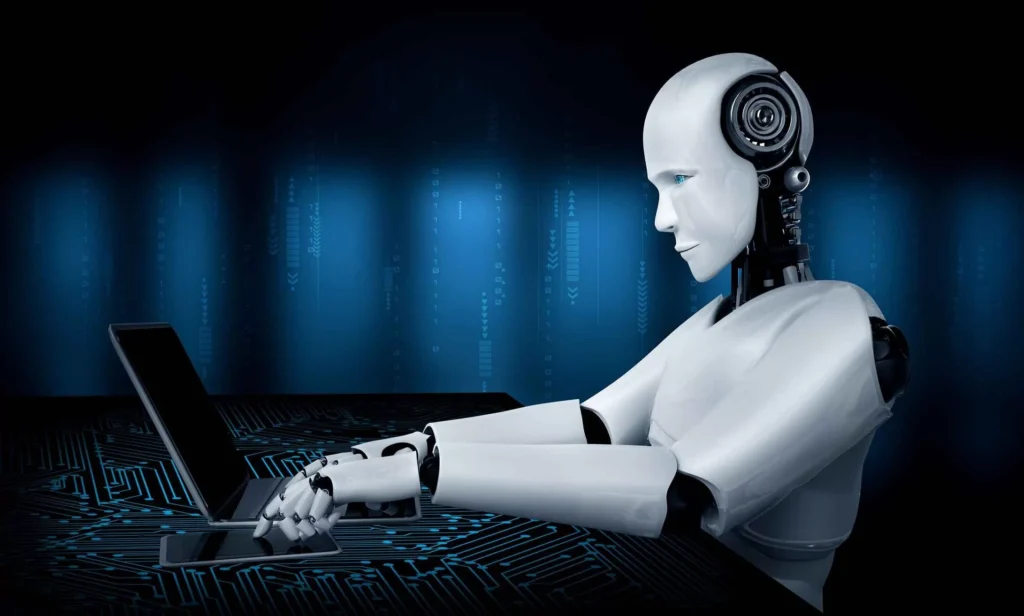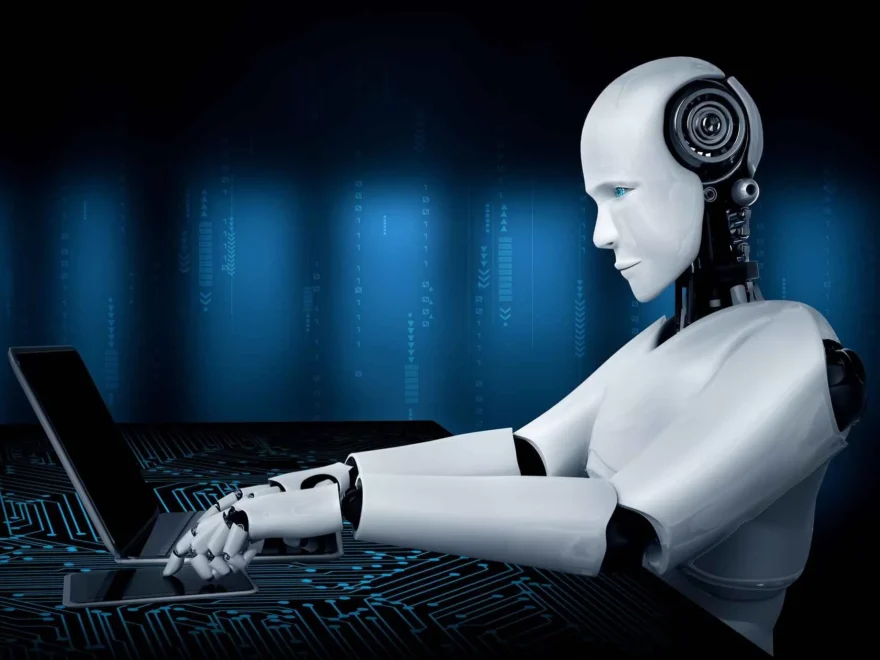Upskill Workforces to Capitalize on AI Opportunities
As artificial intelligence (AI) becomes increasingly prevalent in the workplace, companies must upskill their workforces to capitalize on new opportunities presented by emerging technologies. By investing in continuous learning and skills development for employees, organizations can ensure they have the human capital needed to work alongside AI and leverage it for strategic advantage.

AI is automating many routine tasks across industries, freeing up employees to take on more creative, complex work that requires human skills like critical thinking, problem-solving, and interpersonal interaction. However, for workers to transition successfully to these new roles, they need training to develop complementary skills. Companies that upskill workforces will be best positioned to fill higher-level jobs and take advantage of what AI has to offer.
Content
Reskilling Programs for In-Demand Skills
To thrive in an AI-infused workplace, employees require technical proficiencies as well as soft skills like collaboration, adaptability, and lifelong learning. Companies must assess which competencies will be most valuable going forward and develop internal reskilling programs to help workers gain these in-demand qualifications. For roles involving AI integration, training may cover topics like machine learning basics, data analytics, and programming languages.
Soft skills training can boost abilities to work seamlessly with technology, communicate effectively across teams, and continuously acquire new knowledge. Reskilling should not be a one-time event but an ongoing process as skill needs evolve. Organizations that view learning as a strategic priority and invest in customizable upskilling pathways will see the highest returns.
Leveraging External Resources
While internal reskilling has benefits, companies can augment efforts by leveraging external training providers. Partnering with universities, bootcamps, and online learning platforms gives employees access to specialized AI and tech courses alongside flexible, self-paced learning options. Organizations should research available programs and credential offerings to identify the best fits for their upskilling goals.
Supporting lifelong learning also means subsidizing or reimbursing costs for external courses. The ability to earn certifications and microcredentials demonstrates commitment to growth and builds resumes for future roles. Partnerships that offer education benefits help attract and retain top talent who want to continuously upskill workforces.
Change Management is Key
Even with robust training initiatives, change management remains crucial for successful workforce upskilling. Leaders must clearly communicate the need to adapt skills, gain buy-in across levels, and promote a culture where learning is valued and supported. Change can be difficult, so companies need strategies to address fears and motivate employees throughout the process.
Regular progress updates, recognition of achievements, and opportunities for input keep stakeholders engaged. Pilot programs that demonstrate early wins build momentum and proof of concept. Change management ensures upskilling is a collaborative effort versus a top-down mandate, increasing adoption and long-term impact. With the right focus on people aspects, companies can smoothly transition workforces to take full advantage of AI.
In summary, by continuously upskilling workforces, companies can ensure they have the human talent needed to not only work with AI technologies but also lead the way in innovating new applications. Organizations that view learning as a strategic priority and invest in customized training pathways will be best equipped to capitalize on AI’s opportunities. Resources for lifelong learning like those offered on sites such as bestpromptaihub.com can help employees expand skills and stay relevant in a rapidly changing world of work.
FAQs
How long does it typically take to upskill an employee for new AI-related roles?
The time required varies depending on an individual’s starting skill level and the complexity of the new position. However, most experts estimate that with a well-designed training program incorporating both classroom and on-the-job learning, an employee can gain core competencies for a new AI-enabled role within 6-12 months.
What are some examples of jobs and skills that will be in high demand due to AI?
Data scientists, machine learning engineers, user experience designers, and process optimization specialists are just a few examples of roles expected to see strong growth. Key skills include programming, data analytics, artificial intelligence, machine learning, cloud computing, cybersecurity, and design thinking. General abilities like critical thinking, complex problem-solving, and emotional intelligence will also remain vital as AI evolves work.

Jerald is a blogger with a passion for technology who has been writing about the latest in the world of gadgets and gizmos. They are an avid reader of Science-Fiction novels and love to spend time with their wife and kids.

